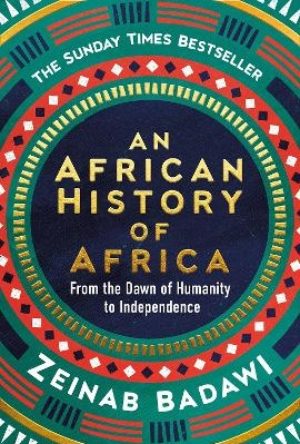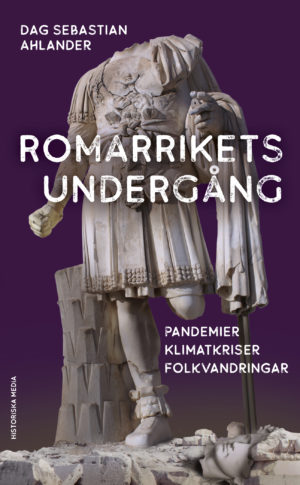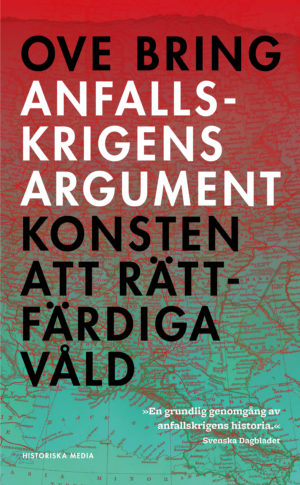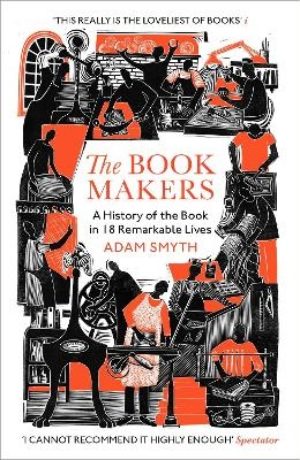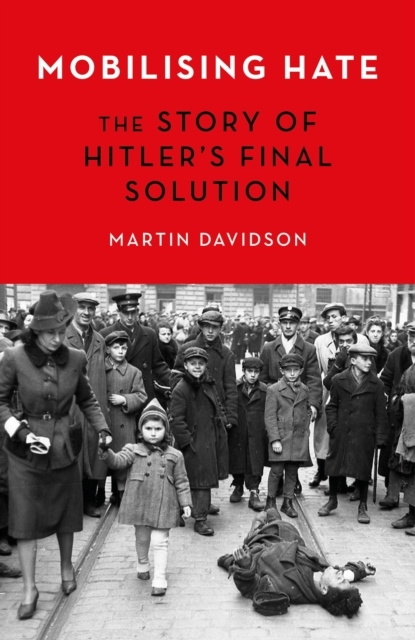
Mobilising Hate
Praise for The Perfect Nazi:
'Absorbing, highly readable and painstakingly researched' NIALL FERGUSON
'Unforgettable, haunting reading' SIMON SCHAMA
'A fascinating and extraordinary journey into the banality of evil at the heart of Nazism' BEN MACINTYRE
'Riveting' THE TIMES
'Fascinating, scrupulously researched, compelling' SUNDAY TIMES
In this radical new perspective on the Holocaust, Davidson challenges popular understanding and existing histories of the Holocaust.
He does this in three main ways.
Firstly, he describes the way in which German policy developed and was enacted in new and compelling detail, providing a road map to the 'long and twisting road to Auschwitz', skilfully dramatising those twists and turns, many of which are not generally included in conventional narratives.
Secondly, he allows us to hear from new voices, notably female perpetrators, resisters and victims. These provide individual human perspectives on the unfolding events, without which true understanding is impossible; from planning and implementation, to knowledge - and its opposite, denial - all the way to its final reckoning, then and now.
And finally, he provides a reappraisal of the moral perspective that drove the Holocaust, getting beyond the conventional notion of 'evil' as a catch-all rationale, to examine why anti-Jewish vitriol was such a powerful motivator for so many Germans, who used arguments and self-justifications that are more resonant today than they have been for decades. Never more so than in the use of the idea of suffering - how 'our' supposed suffering justifies 'theirs'.
His focus is very much on the mindset that brought about the Holocaust, the desire to 'make Germany great again' and to make Germany's perceived enemies suffer. Again, this story of dreams of national greatness, and racially-targeted redemptive malevolence could not be more resonant today.
Davidson foregrounds the stories of women, in part to illustrate the mindset of Nazi true believers - the German wife stationed in Poland, for example, who found a group of Jewish children who had escaped a mass execution, and shot them herself. He also describes the particular horror experienced by female inmates of the camps, who, as mothers, were the first to be killed alongside their children, and who were among the bravest of German resisters to the crimes being committed in their name - like twenty-one-year-old Sophie Scholl, whose leaflets listing and denouncing Nazi crimes resulted in her execution, in October 1943.
The Holocaust forces us to understand that it wasn't the power of a single malevolent leader who made it happen; it was something altogether more alarming. A system of a thousand moving parts, the genocidal logic of which was willed into being, before being planned, mobilised - and submitted to - by millions of different people, acting via different agencies, under different jurisdictions, like iron filings held in the pull of a particular magnetic field which they were happy to replicate and reinforce. The resulting feedback loop would help shape-shift the Final Solution throughout the years of its existence, its direction of travel only ever from bad to worse. That is why the story has to be understood not just in the form of a fast-moving narrative - step after step after step, taken by myriad different people acting out their very different roles - but in the round, held up to the light and rotated through 360 degrees, drawing in not just war and politics, ideology and delusion, geography and economics, but accident, contingency, intention, sadism, innocence, self-justification, resistance, denial and ultimately, meaninglessness too.

